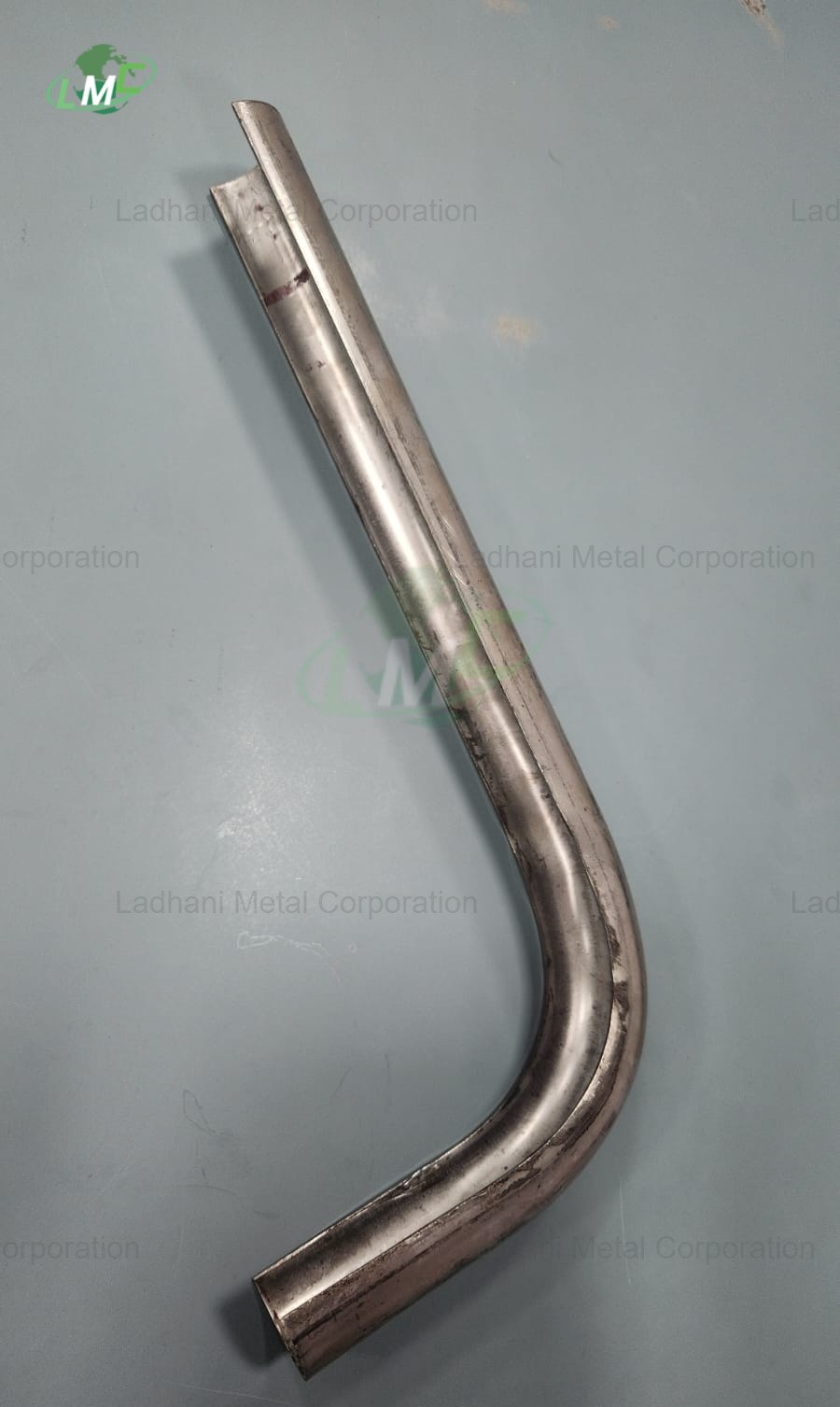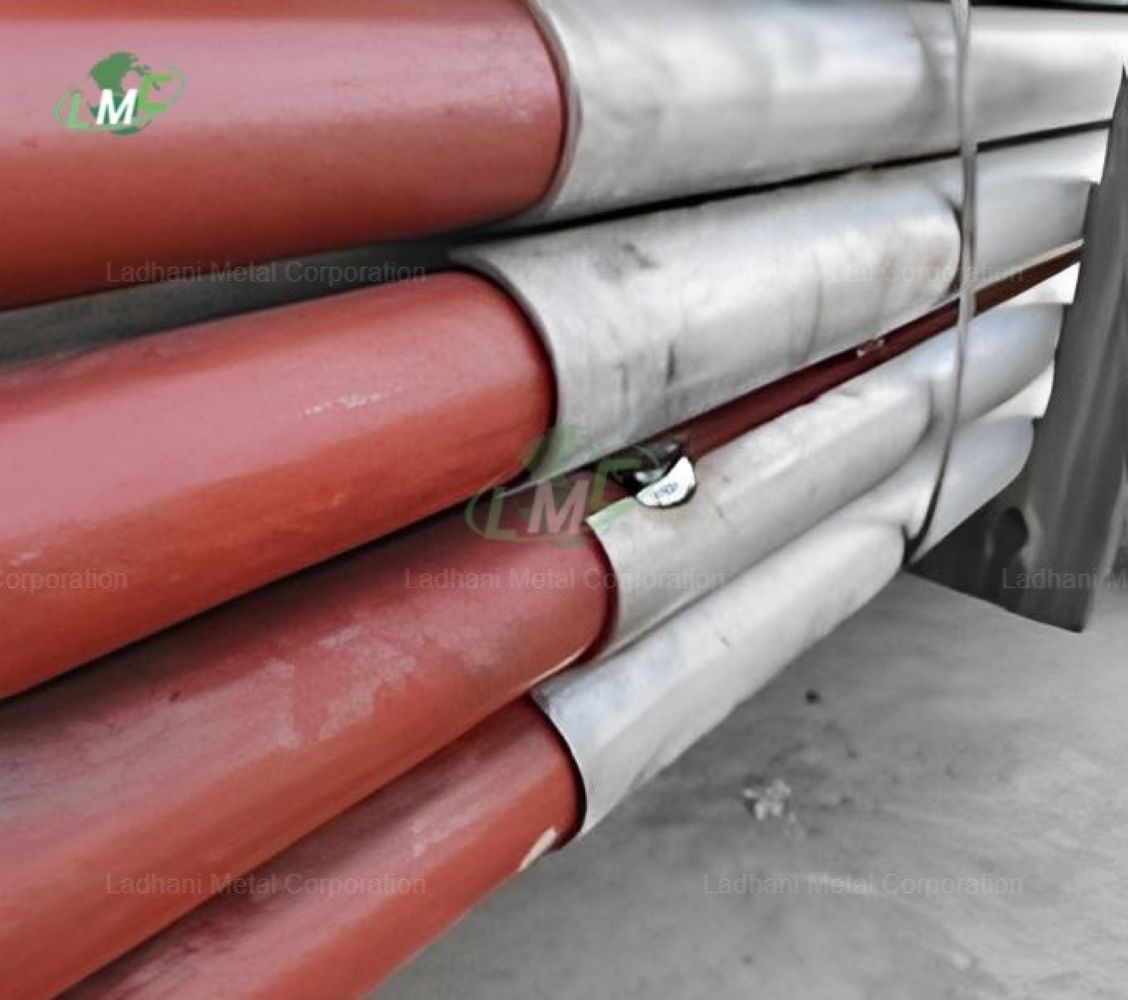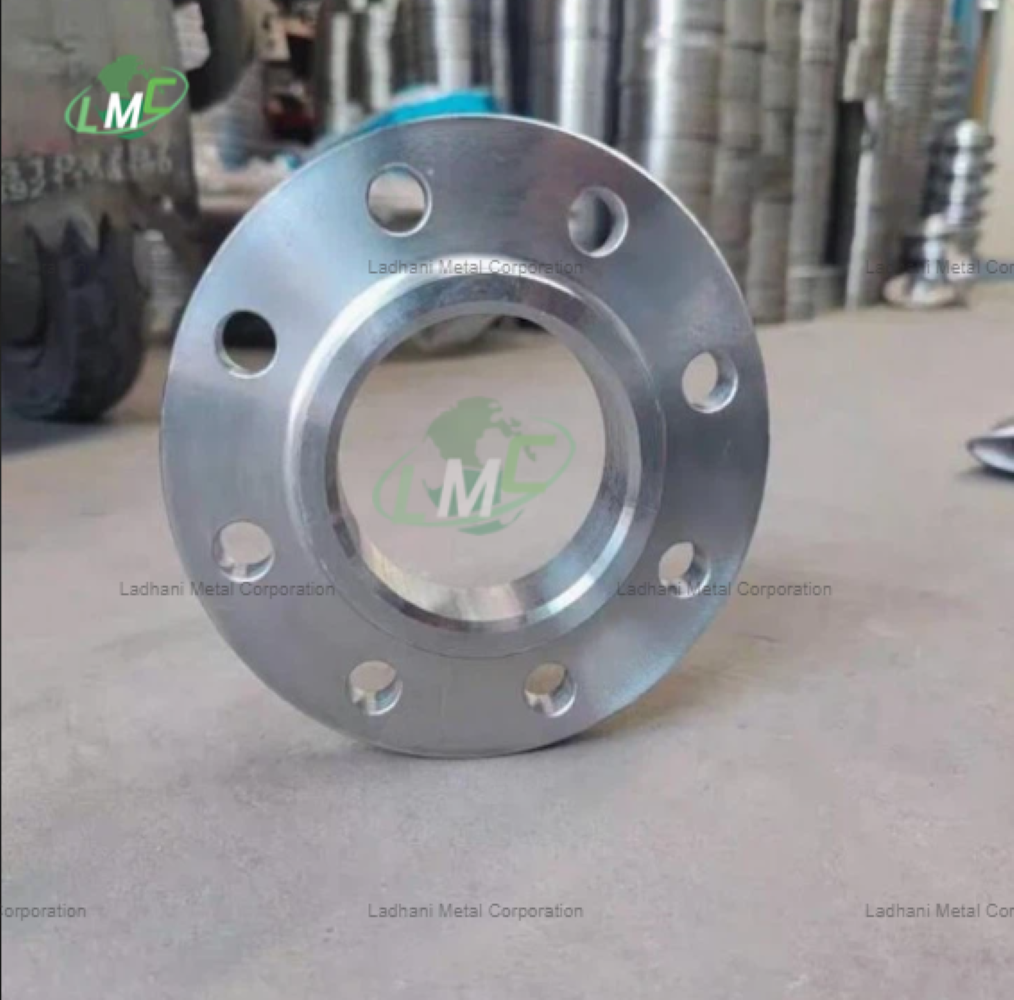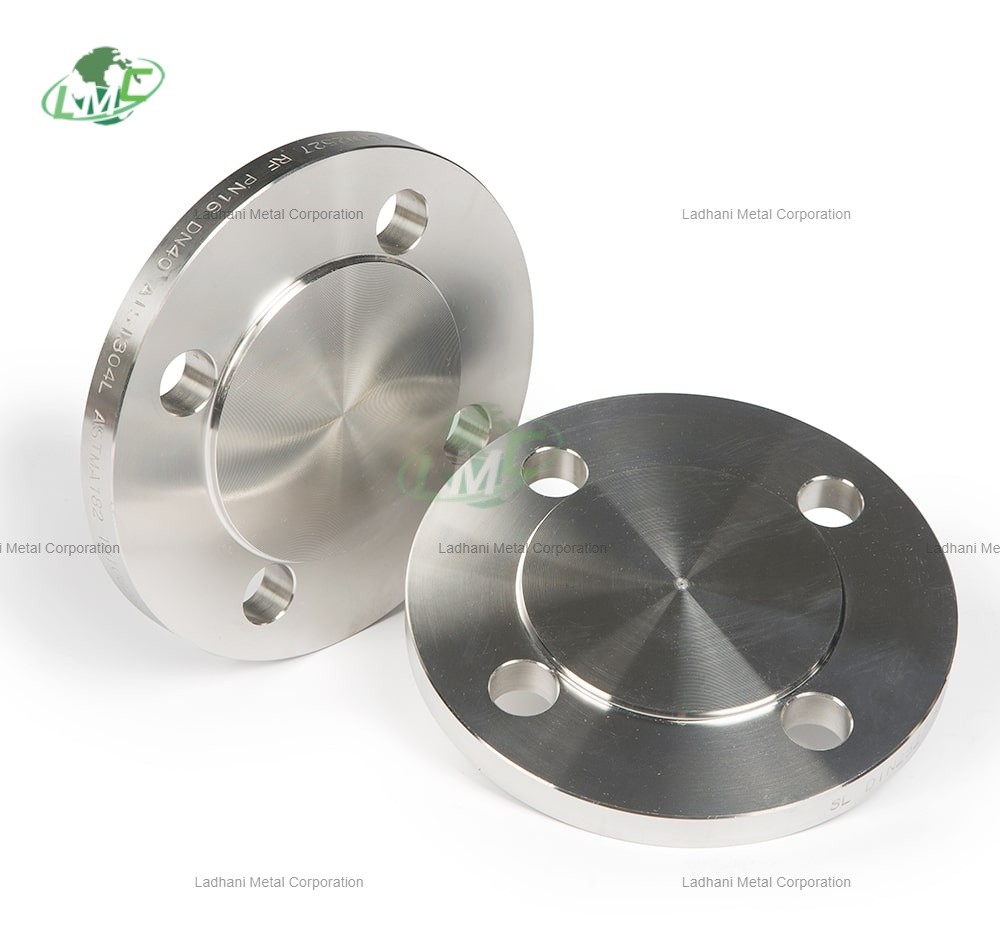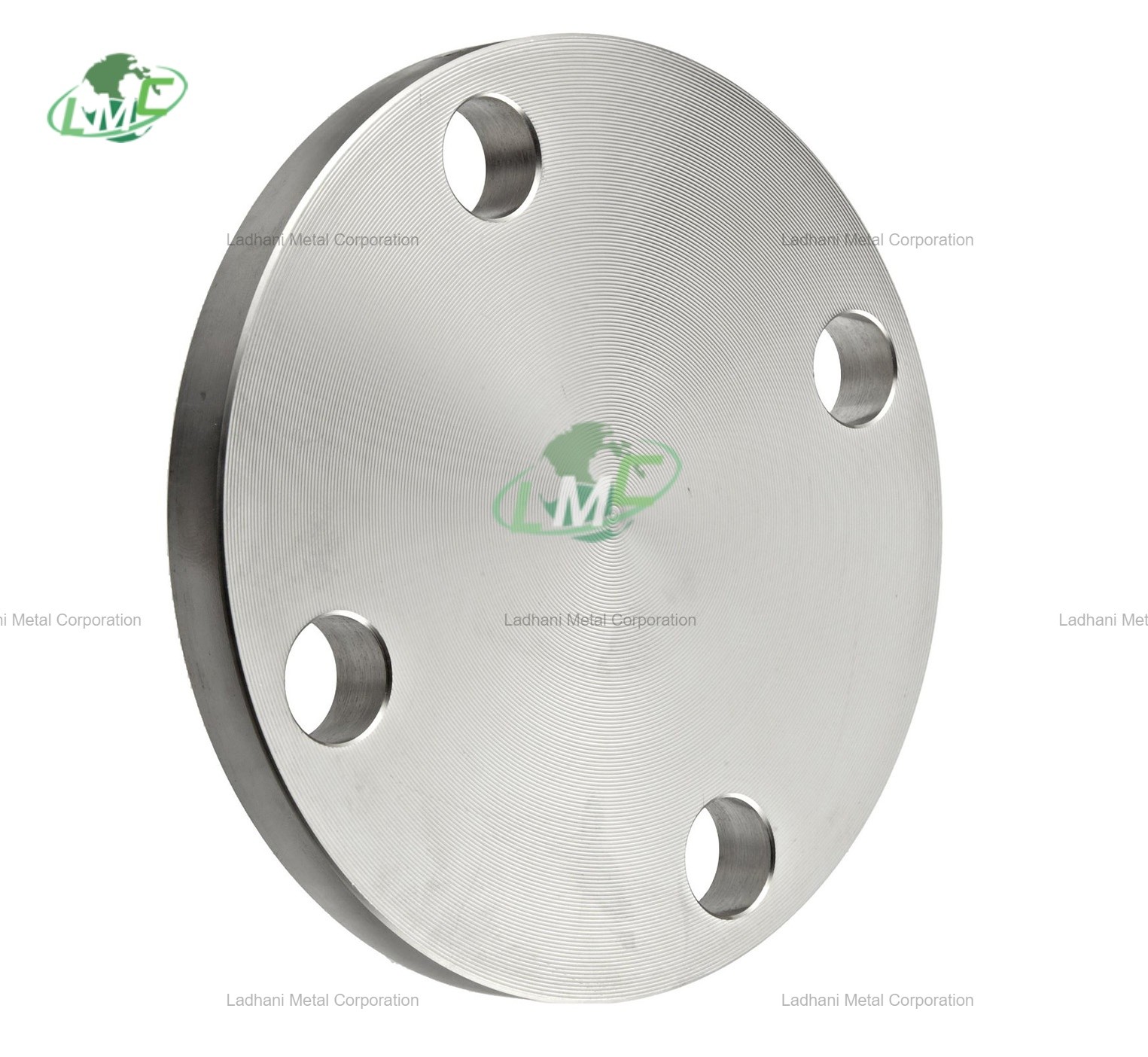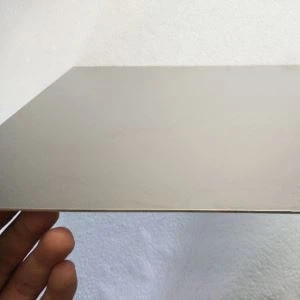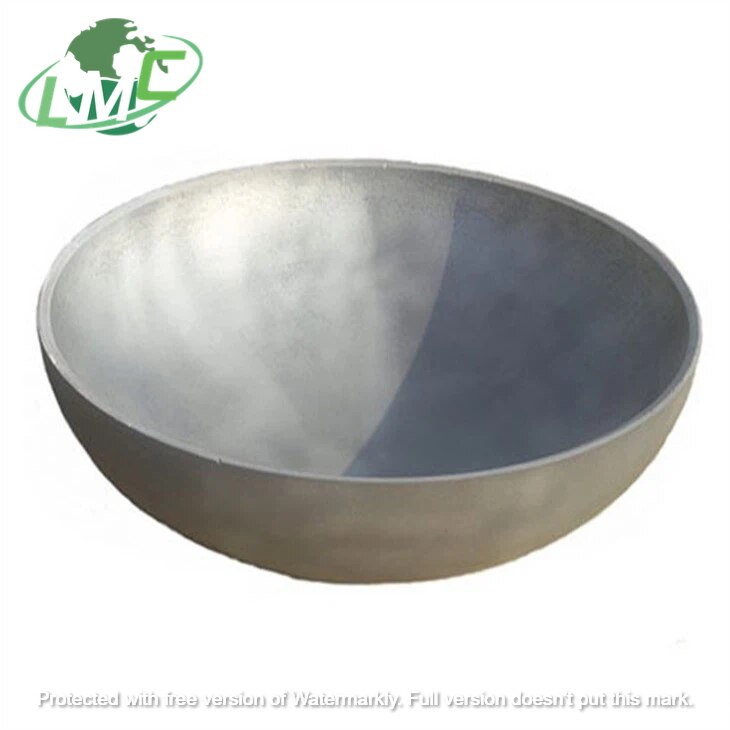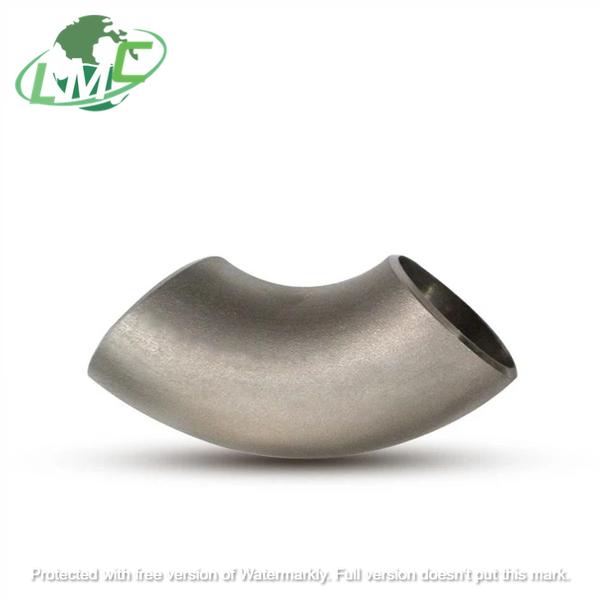Half Round Tube Shield Half Round Tube Shields by Ladhani Metal Corporation are precision-formed protective components used to shield boiler tubes, superheaters, and heat exchangers from erosion, scaling, ash impact, and corrosion. Commonly applied in power plants, waste heat recovery units, and industrial heating systems, these shields help prolong tube service life and maintain consistent thermal performance. Their half-round design ensures easy installation over exposed tube surfaces and provides dependable coverage in harsh gas flow zones. SS 310 Half Round Tube Shield for LTSH Tube The SS 310 Half Round Tube Shield is fabricated from high-temperature austenitic stainless steel grade 310. Known for its high chromium and nickel content, SS 310 offers excellent oxidation resistance, superior thermal stability, and strength under prolonged heat exposure. This makes it ideal for Low Temperature Superheater (LTSH) applications, where tubes are vulnerable to erosion, ash buildup, and gas-phase corrosion. The shield is precisely shaped to match the outer curvature of LTSH tubes, enabling effective surface protection in relatively low-temperature flue gas environments. The Low Temperature Superheater (LTSH) is a section in a boiler where saturated steam from the steam drum is superheated to a moderately higher temperature before entering the high-temperature superheater stages. Positioned in areas with relatively lower flue gas temperatures, the LTSH helps improve thermal efficiency and reduces moisture content in steam. Due to constant exposure to abrasive flue gases and ash, LTSH tubes are prone to wear and require protective shielding, such as half round tube shields, to extend service life. Ladhani Metal Corporation is a leading manufacturer, supplier, and exporter of SS 310 Half Round Tube Shields for LTSH tubes, offering high-performance protection in demanding thermal conditions. Chemical Composition of SS 310 – Austenitic Stainless Steel • Carbon (C): ≤ 0.25% • Manganese (Mn): ≤ 2.00% • Phosphorus (P): ≤ 0.045% • Sulfur (S): ≤ 0.030% • Silicon (Si): ≤ 1.50% • Chromium (Cr): 24.0 – 26.0% • Nickel (Ni): 19.0 – 22.0% • Iron (Fe): Balance Applications: Designed for low-temperature superheater zones and other areas with moderate heat and flue gas exposure, where oxidation resistance and strength are required. Uses • Installed on LTSH tubes to protect against soot erosion, scaling, and ash particle wear • Applied in convection zones of power boilers and economizers exposed to moderate heat and flue gases • Suitable for WHRBs and HRSGs where return tube surfaces are vulnerable to thermal degradation • Used in process heaters and chemical boilers operating under oxidizing conditions • Effective in gas-fired and coal-fired systems where moisture and ash corrosion is common Features • Excellent oxidation resistance – Performs well in oxidizing and mildly corrosive gas atmospheres • High-temperature strength – Resists deformation and scaling under continuous heat exposure • Custom-fit design – Precisely fabricated to match specific LTSH tube sizes and geometries • Easy installation – Can be attached using clamp-on, banding, or tack welding methods • Reduces maintenance – Protects high-wear areas from erosion and thermal stress • Available in various lengths, wall thicknesses, and radii per design requirements Applications • thermal power stations – Applied on LTSH tube surfaces to resist flue gas and ash-induced damage • waste heat recovery systems – Used in lower temperature zones of WHRBs to prevent erosion • petrochemical processing – Shields tube surfaces in heaters and exchangers from scaling • utility boilers – Protects steam superheater tubes in moderate heat and corrosive conditions • industrial steam systems – Enhances tube durability in superheaters and economizer banks Conclusion The SS 310 Half Round Tube Shield for LTSH Tube by Ladhani Metal Corporation – manufacturer, supplier, and exporter – is a reliable, heat-resistant solution for protecting superheater tubes in flue gas environments with moderate temperatures. Its superior resistance to scaling, oxidation, and erosion makes it ideal for maintaining the efficiency and longevity of boiler systems operating in low-temperature zones. For custom sizes, specifications, or technical assistance, please contact Ladhani Metal Corporation.
Send Message
